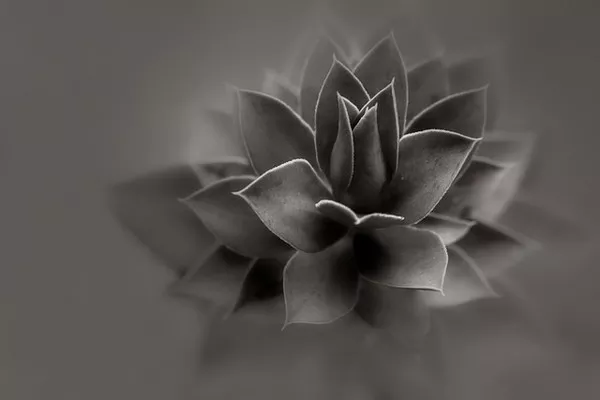Succulents are a popular and low-maintenance choice for indoor and outdoor gardening. Propagating succulents from cuttings is a rewarding and cost-effective way to expand your collection or share your favorite plants with others. This article provides a comprehensive guide to successfully propagating succulents through cuttings. We explore the necessary tools, step-by-step instructions, and essential care tips to ensure the growth and establishment of new succulent plants.
Succulents are known for their unique appearance, water-retaining abilities, and adaptability to various environmental conditions. Propagating succulents from cuttings is a simple and enjoyable process that allows plant enthusiasts to create new plants from existing ones. By following proper techniques and providing the right care, anyone can experience the satisfaction of successfully growing their own succulent cuttings.
Selecting Healthy Parent Plants:
The first step in propagating succulents is selecting healthy parent plants. Choose mature, disease-free succulents with strong stems and vibrant foliage. Avoid using plants that show signs of pests, diseases, or stress. The selected parent plants will contribute to the overall health and success of the propagated cuttings.
Gathering the Right Tools:
To propagate succulents from cuttings, gather the following tools:
Pruning Shears or Scissors: Clean, sharp tools are essential for making clean cuts without damaging the parent plant or cutting.
Container or Pot: Use a well-draining container or pot to plant the cuttings.
Well-Draining Potting Mix: Prepare or purchase a well-draining potting mix suitable for succulents.
Perlite or Sand: Adding perlite or sand to the potting mix increases drainage and prevents waterlogging.
Rooting Hormone (Optional): Rooting hormone can expedite root development in some succulent species.
Taking Succulent Cuttings:
When taking cuttings from the parent plant, follow these steps:
1. Choose Healthy Growth: Select healthy stems with at least two to three sets of leaves. Avoid using weak or leggy growth for cuttings.
2. Make Clean Cuts: Using sharp pruning shears or scissors, make a clean cut just below a leaf node (the point where leaves attach to the stem). Ensure the cutting is 2 to 4 inches long.
3. Allow Cuttings to Callus: Place the cuttings on a dry surface in a warm and well-ventilated area for a few days to allow the cut ends to callus. This helps prevent rotting when the cuttings are planted.
Rooting Succulent Cuttings:
Rooting is a critical phase in propagating succulent cuttings. Follow these steps to encourage successful root development:
1. Prepare the Potting Mix: Fill the container or pot with a well-draining potting mix, such as a mix of cactus soil and perlite or sand.
2. Plant the Cuttings: Gently insert the callused end of the cutting into the potting mix, ensuring it is secure and upright. Plant multiple cuttings in the same pot if desired, but leave enough space between them for proper air circulation.
3. Water Sparingly: Water the cuttings lightly, using a spray bottle or by gently pouring water around the base of the cuttings. Avoid overwatering, as succulents are susceptible to root rot in overly moist conditions.
4. Provide Indirect Light: Place the container in an area with bright, indirect light. Avoid direct sunlight, as it may cause the cuttings to overheat or dry out.
Caring for Rooted Succulent Cuttings:
Once the cuttings have rooted, follow these care tips for their continued growth and health:
1. Gradually Increase Sunlight: As the cuttings establish roots and new growth, gradually introduce them to more sunlight. This helps prevent sunburn and allows the plants to adapt to the light conditions.
2. Watering Routine: Succulents prefer infrequent, deep watering rather than frequent light watering. Allow the top inch of the potting mix to dry out between waterings, and adjust the frequency based on the climate and season.
3. Transplanting: When the cuttings have grown several new leaves and a strong root system, they may be ready for individual pots or to be transplanted into a larger container.
4. Fertilization: Feed the rooted cuttings with a diluted, balanced liquid fertilizer during the growing season (spring and summer) to support healthy growth.
Patience and Observation:
Propagating succulent cuttings requires patience and observation. Some succulent species root and grow quickly, while others may take several weeks or even months to establish. Monitor the progress of the cuttings and adjust their care accordingly.
Conclusion:
Propagating succulents from cuttings is a rewarding and satisfying process that allows plant enthusiasts to expand their collection and share their love for these unique plants with others. By following the right techniques and providing proper care, anyone can successfully grow new succulent plants from healthy parent specimens. The joy of watching these new cuttings flourish and thrive will undoubtedly deepen your appreciation for these resilient and fascinating plants.


